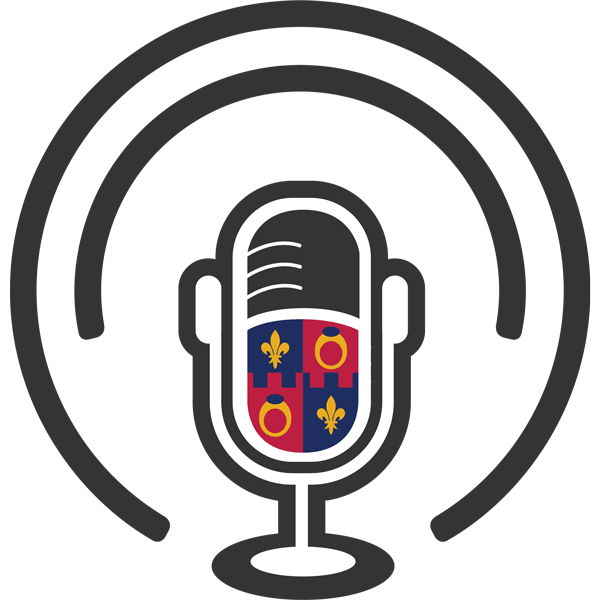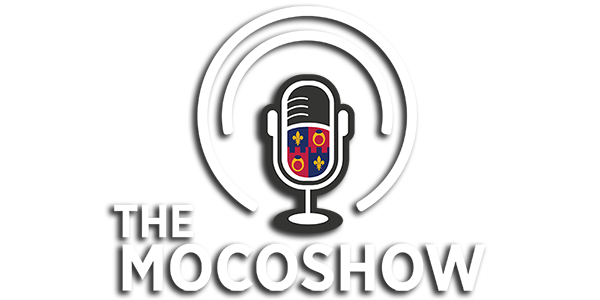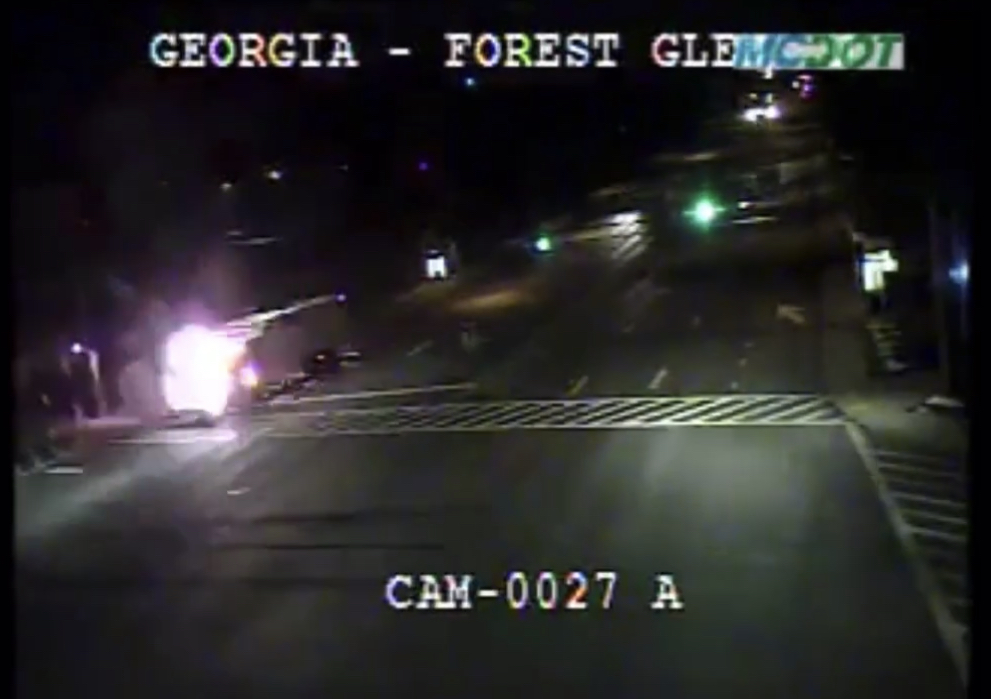
Montgomery County Fire and Rescue Services responded to a call regarding a person on the Metro tracks at the Forest Glen Metro station in Silver Spring.
When responders arrived they found an injured person on the tracks, but the person had not been struck by a train or shocked by the third rail, according to our public safety reporter Cordell Pugh.
The patient was assisted from the track area at approximately 12:53am with seemingly minor injuries. The details surrounding why he was on the tracks were initially unclear.
At 1:26am, MCFRS PIO Pete Piringer tweeted that the person was injured after a fall onto the tracks.
Forest Glen Metro Station patient extricated (~12:53), seemingly only minor injuries. Details still unclear regarding circumstances winding up on tracks. Special thanks to @ArlingtonVAFD Rail Liaison Officer 110 for assisting MCFRS units at Forest Glen #WMATA. cc @ACFDChief100.
— Cordell (@CordellTraffic) January 19, 2022
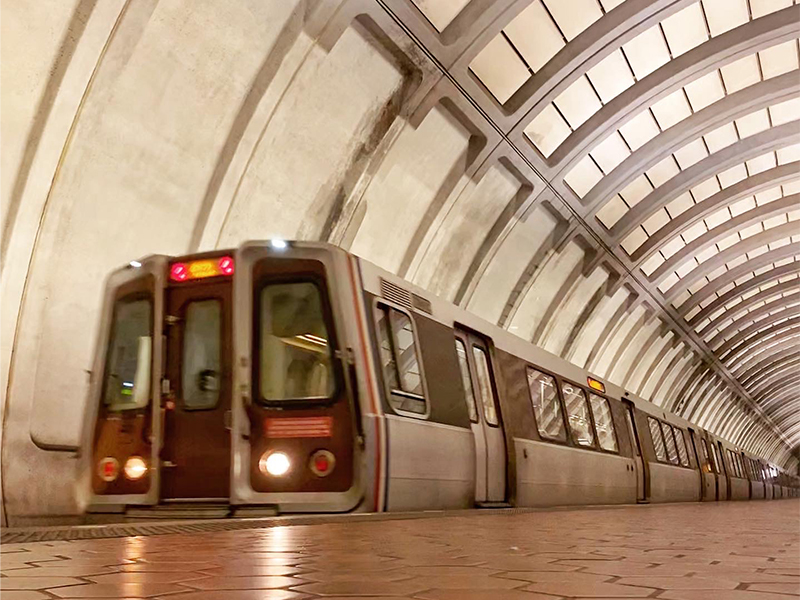
Metro to focus on root cause analysis and technology solutions prior to return of 7000-series railcars
Metro General Manager and Chief Executive Officer Paul J. Wiedefeld said last week that he will not resume the placement of 7000-series trains into passenger service for about 90 days to allow Metro engineering and mechanical experts time to focus on root cause analysis and acquire technology to measure 7000-series wheelsets.
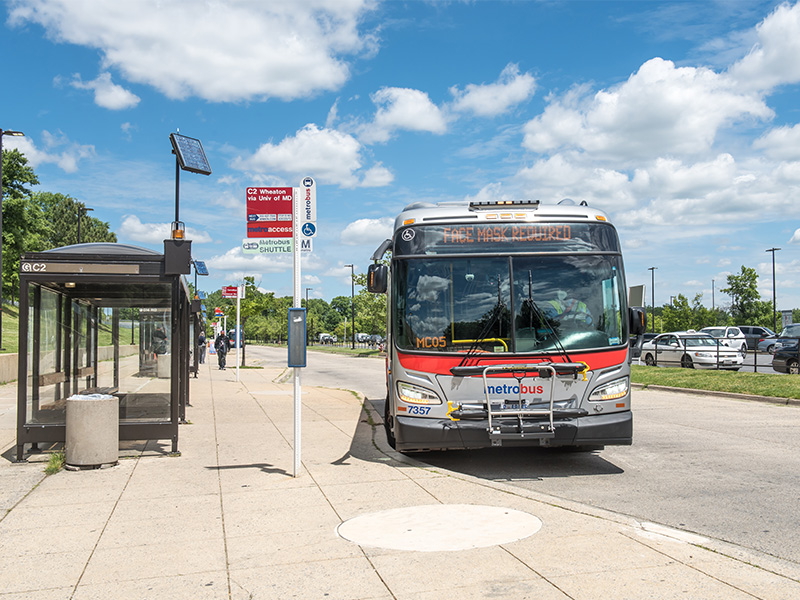
Per WMATA:
Metro’s Pandemic Taskforce is taking swift actions to protect the health and safety of its customers and employees against the recent surge in COVID-19 variants. Due to growing absenteeism rates across service areas related to COVID illness and exposures, Metro is reducing service schedules and implementing new workforce actions effective Monday, January 10.
- Metrorail will continue to operate on all lines as scheduled, with customers experiencing more frequent service at stations served by multiple lines.
- Metrobus will reduce service on weekdays to a Saturday schedule with additional trips on some routes, which is roughly 75 percent of regular Metrobus service and protects key routes that serve hospitals, grocery stores, and other essential destinations.
- Bus operators will be permitted to bypass customers not wearing masks for their health and safety.
- Metrobus customers are advised to consider alternative sources of transportation like Metrorail to travel throughout the region.
- MetroAccess will reduce shared rides and increase accessibility rides. For more information about MetroAccess, please visit wmata.com/metroaccess.
- Weekly testing requirements will remain in place for unvaccinated employees as more frequent testing requirement are evaluated and test availability improves.
- Beginning Sunday, January 16, employees who have failed to comply with Metro’s testing and vaccination policies will be placed on unpaid suspension until compliant. Employees will have 30 days to comply or be subject to termination of employment.
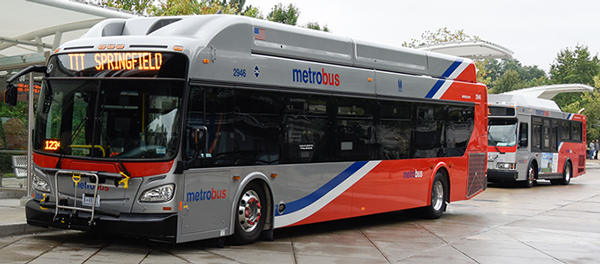
Beginning January 10, 2022, due to the growing absenteeism rates across service areas related to COVID illness and exposures, Metrobus will run on a Saturday Supplemental schedule during the weekdays (Monday through Friday), until further notice.
Pet WMATA:
On weekends (Saturday and Sunday), Metrobus will run its usual, scheduled weekend service.
Here we explain what routes are running, what routes are not running during this temporary, weekday service change.
For additional unplanned changes, check the current Status & Alerts before traveling. Our digital Customer Care team is available Monday through Friday, 7am to 7pm, to assist with additional travel information through Twitter and live chat.
Metrobus throughout the year announces plans to run a Saturday Supplemental schedule of bus service around the region. Overall, this is a reduced schedule of service compared to a regular weekday schedule but offers customers some more options beyond a traditional weekend or holiday schedule.
Not every route runs under a Saturday Supplemental service schedule, nor do those routes running even have a Saturday schedule. Follow this list below of what Metrobus route is running and the schedule to follow before starting your trip.
What’s running during a Saturday Supplemental service day?
Metrobus routes running, using the Saturday schedule:
1A, 1C, 2A, 2B, 4B, 5A, 7A, 10A, 10B, 16A, 16C, 16E, 16G, 16H, 22A, 23A, 23B, 23T, 25B, 28A, 29K, 29N, 32, 33, 36, 38B, 42, 43, 52, 54, 62, 64, 70, 74, 79, 80, 83, 86, 90, 92, 96, A2, A4 (Coast Guard HQ trips see below), A6, A8, A12, B2, C2, C4, C8, C14, C29, D2, D4, D6, D8, D12, D14, E2, E4, F2, F4, F8, F14 (see schedule below), G2, G8, G12, G14, H2, H4, H6, H8, H12, J2, J12, K6, K12, L2, L8, M6, Metroway, N6, NH1, NH2, P6, P12, Q1, Q2, Q4, Q6, R2, R4, R12, REX, S2, S9, T2, T14, T18, U4, U5, U6, U7, V2, V4, V8, V12, V14, W2, W3, W4, W6, W8, X2, X8, Y2, Y8, Z6, Z8
Metrobus routes running, using the Weekday schedule:
7M, 17B, 17G, 17K, 17M, 18P, 89M, A31, A32, A33, B24, B27, D31, D32, D33, D34, D51, F12, F13, H9, K2, M4, P18, S35, S41, W1, W45, W47, X3
What’s not running during a Saturday Supplemental service day?
These routes do not operate when Metro runs a Saturday Supplemental schedule:
1B, 3F, 3Y, 8W, 11C, 16Y, 18G, 18J, 21C, 22F, 26A, 28F, 29G, 31, 59, 60, 63, A7, B21, B22, C11, C12, C13, C21, C22, C26, F1, F6, J1, N2, N4, Q5, R1, V7, W5, W14, X9, Y7, Z2, Z7
How do I know when my bus is coming?
Our teams work hard to ensure our trip planner, interactive telephone response system, next bus arrival signs and third party travel planning apps all have the most updated information when Metrobus operates a Saturday Supplemental schedule unexpectedly. However, there are times these resources may display “scheduled” data only, instead of real-time arrivals. Double check the anticipated arrival time using the Metrobus timetables for your route and stop.
Updated Saturday Supplemental Schedules
Metrobus F14 – Saturday Supplemental Schedule
Metrobus A4 – Shuttle between Anacostia Metrorail Station and Coast Guard Headquarters
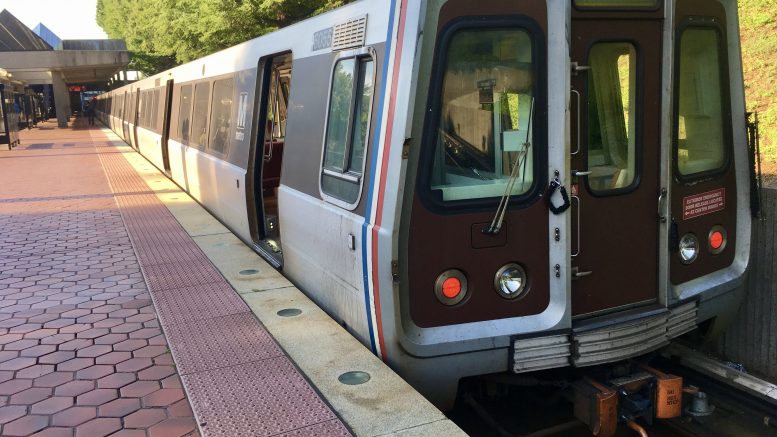
- Metrorail will operate 7:00 a.m. until 1:00 a.m, opening two hours later than a normal weekday. Time of last train varies by station.
- Metrobus will operate on a Sunday schedule
- MetroAccess subscription trips will be cancelled
- Metrorail will operate 7:00 a.m until midnight, closing one hour earlier than a normal Saturday
- Metrobus will operate normally on a Saturday schedule
- MetroAccess subscription trips will be cancelled
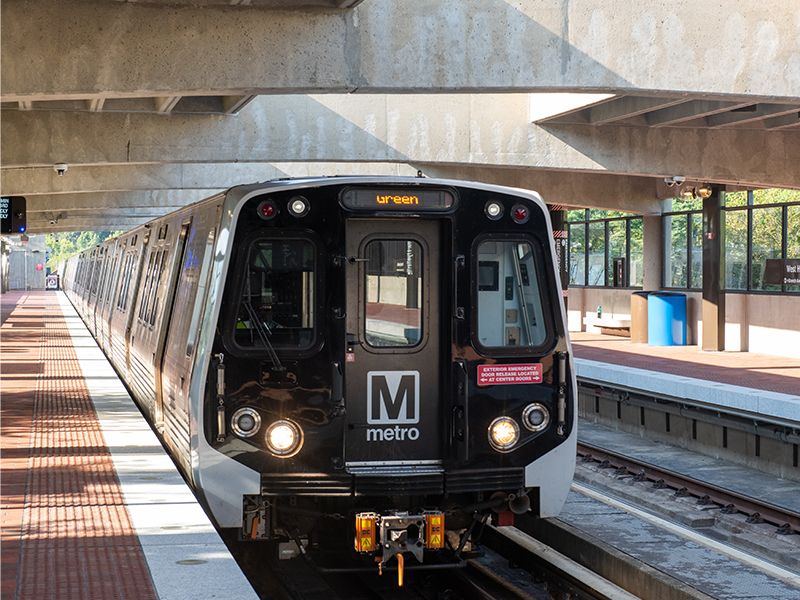
Per WMATA:
On Thursday, December 23, Metro’s General Manager and Chief Executive Officer Paul J. Wiedefeld paused the return of additional 7000-series railcars to passenger service, ordering a new regime of daily 7000-series inspections.
Although there are no new issues of concern, the Chief Safety Officer and Chief Operating Officer met with the Transportation Technology Center, Inc. (the independent consultant Metro hired to help with its root cause analysis following the derailment) and Metro officials concluded in an abundance of caution that moving to a nightly inspection of 7000-series railcars is the prudent course of action.
Metro notified National Transportation Safety Board and Washington Metrorail Safety Commission this afternoon of the updates to its 7000-series restoration plan.
“While I recognize the pause is unexpected, we are going to continuously evaluate data we are collecting to ensure that we are enhancing safety,” Wiedefeld said. “I feel that requiring a daily inspection is the safest course until we know more and our experts have an opportunity to review the data we are collecting with the few trainsets now in operation.”

7000-Series Return to Service Update
- On December 14, Metro is informed by the WMSC (Washington Metrorail Safety Commission) that it has no technical objections to the final plan submitted to gradually return nearly half of the 7000-series railcars to passenger service with the metered release of no more than 336 railcars.
Advisory Effective: 10/18/21 – 12/31/21
Pet Metro:
Metrorail service* will operate as follows:
- Red Line trains run every 12 minutes
- Green Line and Yellow Line trains run every 20 minutes
- Blue Line, Orange Line, and Silver Line trains run every 24 minutes
- Silver Line service has resumed between Wiehle-Reston East and Largo Town Center
*Service subject to change due to scheduled maintenance and track work.
View the weekday and weekend service advisories for scheduled service adjustments.
Metro will continue to operate at reduced service levels through at least December 31 and will advise the public of any additional service improvements should more trains become available.
Metro’s trip planner has been updated to reflect the latest service schedule. Customers are also encouraged to use the live train map to see the locations of trains on each line. In-station next train signs (Passenger Information Displays) are providing accurate train arrival estimates.
Metro continues to work closely with the Washington Metrorail Safety Commission and NTSB and as more information develops, we will update the public about service. Continue to visit wmata.com and follow us on social @metrorailinfo and @metrobusinfo for the most up-to-date information.
Actions Taken
On Wednesday, October 13, Metro began working with NTSB and the WMSC to determine the cause of the Blue Line derailment at Arlington Cemetery; that investigation is still ongoing.
Because safety remains our number one priority, we have removed all 7000-series railcars, roughly 60 percent of our fleet, from passenger service.
- On October 28, wheelset inspections were completed on all 7000-series railcars.
- On November 4, Metro submitted a test plan to the WMSC for acceptance. [Read test plan letter]
- On November 8, Metro began testing two weighted 7000-series trains in the system to determine inspection intervals.
- On November 17, Metro demonstrates wheelset measurements inspections [Watch Wheelset Inspection Video]
- On December 14, Metro is informed by the WMSC that it has no technical objections to the final plan submitted to gradually return nearly half of the 7000-series railcars to passenger service with the metered release of no more than 336 railcars.
Frequently Asked Questions
Background: On Wednesday, October 13, Metro, the National Transportation Safety Board (NTSB), Federal Transit Administration (FTA) and the Washington Metrorail Safety Commission (WMSC) launched an investigation into the Blue Line derailment that occurred on Tuesday, October 12, between Rosslyn and Arlington Cemetery Stations.
The investigation is ongoing, and the following questions provide the most up-to-date information to ensure the public is informed.
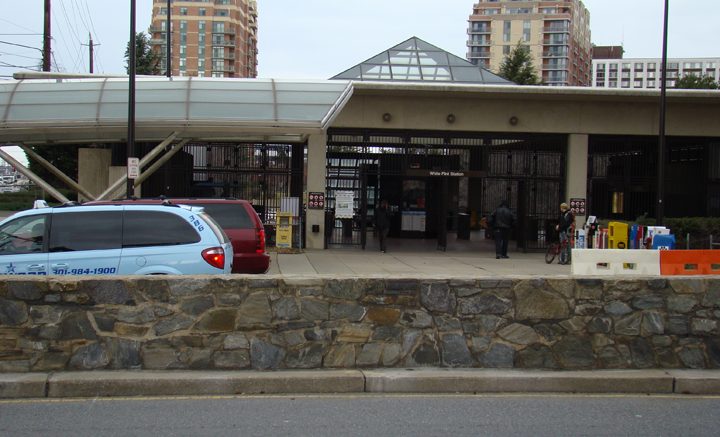
12/9/21 Update: Metro has unanimously approved changing the White Flint Metro Station name to “North Bethesda.”
Metro’s board of directors will vote Thursday, December 9, on a proposal to rename the White Flint Metro station “North Bethesda,” per Friends of White Flint.
A social media post on the Friends of White Flint Facebook page states that, “Metro’s staff is recommending to its board of directors to approve the name change. In writing why they acknowledged that currently North Bethesda does not have much of a “sense of place.”
“That said, noteworthy developments such as Pike & Rose have started to adapt the namesake into their branding and identify as being located in the city of North Bethesda. We will continue to see this take hold throughout the county. Should the Board wish to approve the jurisdiction’s request, it is likely that the new name will become synonymous with the surrounding community over time and customers will find it sufficient for wayfinding.”
Friends of White Flint, Councilmember Andrew Friedson, and County Executive Marc Elrich have led the charge to change the station’s name.
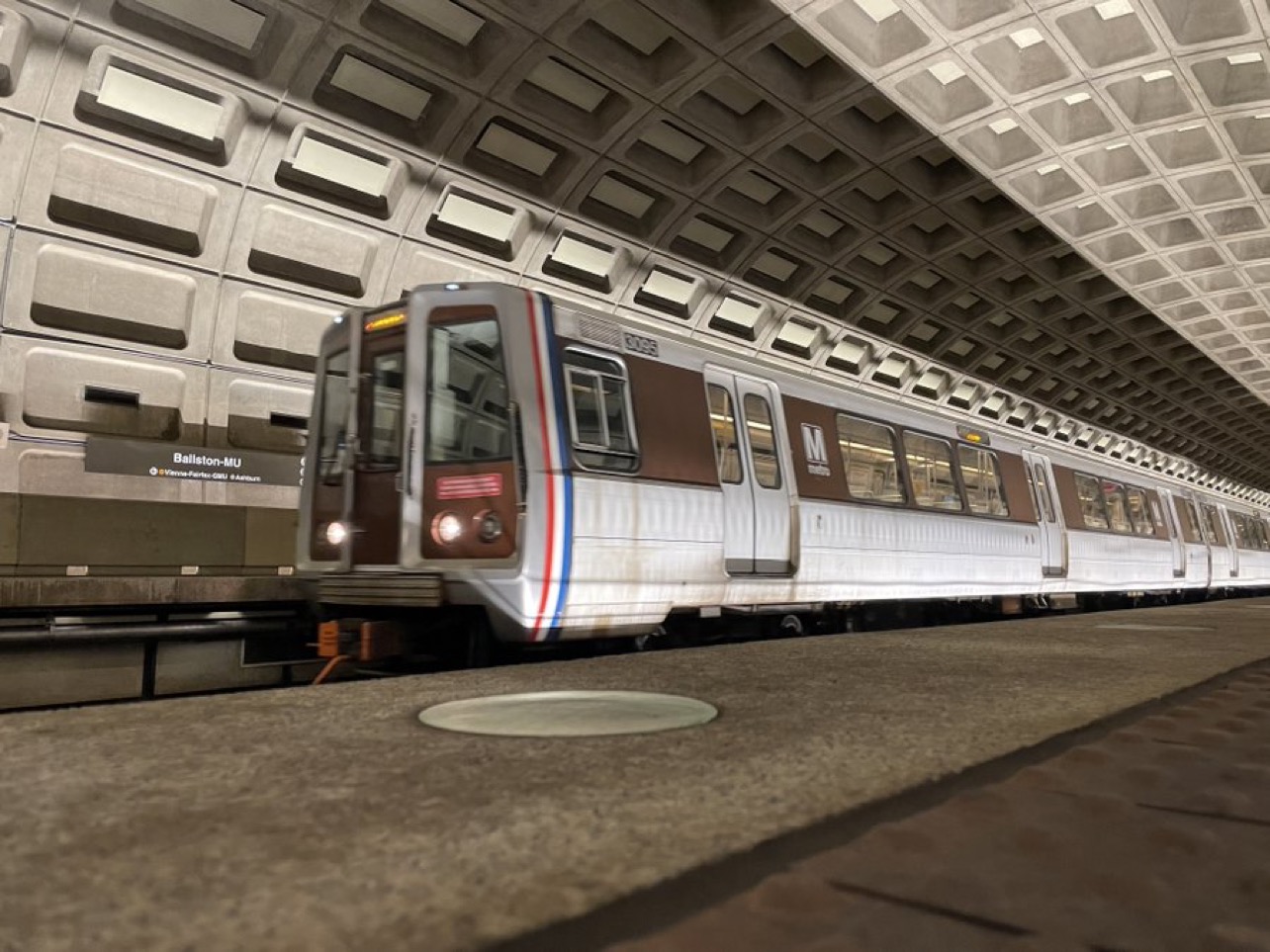
Service to improve gradually as parts arrive to repair legacy cars

Metrorail Service & Derailment Investigation Update
Advisory Effective: 10/18/21 – 11/30/21
Per WMATA:
As of Wednesday, November 17, 2021 Metrorail service will operate as follows:
- Red Line trains run every 12 minutes
- Green Line and Yellow Line trains run every 20 minutes
- Blue Line, Orange Line, and Silver Line trains run every 24 minutes
- Silver Line service has resumed between Wiehle-Reston East and Largo Town Center
Metro will continue to operate at reduced service levels through at least November 30 and will advise the public of any additional service improvements should more trains become available.
Metro’s trip planner has been updated to reflect the latest service schedule. Customers are also encouraged to use the live train map to see the locations of trains on each line. In-station next train signs (Passenger Information Displays) are providing accurate train arrival estimates.
As Metro continues to work closely with the Washington Metrorail Safety Commission and NTSB and more information develops, we will update the public about service.
Need additional information? Message Customer Care, Monday through Friday, 7am-7pm, through Twitter @Metrorailinfo or Live Chat
Watch a collection of recorded media briefings on our YouTube page.
Actions Taken
WMATA started working with NTSB and the Washington Metrorail Safety Commission last week to determine the cause of the Blue Line derailment at Arlington Cemetery; that investigation is still ongoing.
Because safety remains our number one priority, we have removed all 7000-series railcars from service to properly inspect the fleet.
These actions are being taken out of an abundance of caution.
- We understand the impact this decision has on transportation for the DMV area (National Capital Region). We apologize for this reduction in service and the inconvenience this is causing our customers.
- As customers experience delays and full rail cars during their commute, please know we have made a concerted effort to improve airflow. Face masks continue to be required throughout the system, and Metrorail cars recycle the air approximately every three minutes
- We want the public to know we are committed to their safety and will continue to release updates as we receive them.
Frequently Asked Questions
Background: On Wednesday, October 13, Metro, the National Transportation Safety Board (NTSB), Federal Transit Administration (FTA) and the Washington Metrorail Safety Commission (WMSC) launched an investigation into the Blue Line derailment that occurred on Tuesday, October 12, between Rosslyn and Arlington Cemetery Stations.
The investigation is ongoing, and the following questions provide the most up-to-date information to ensure the public is informed.
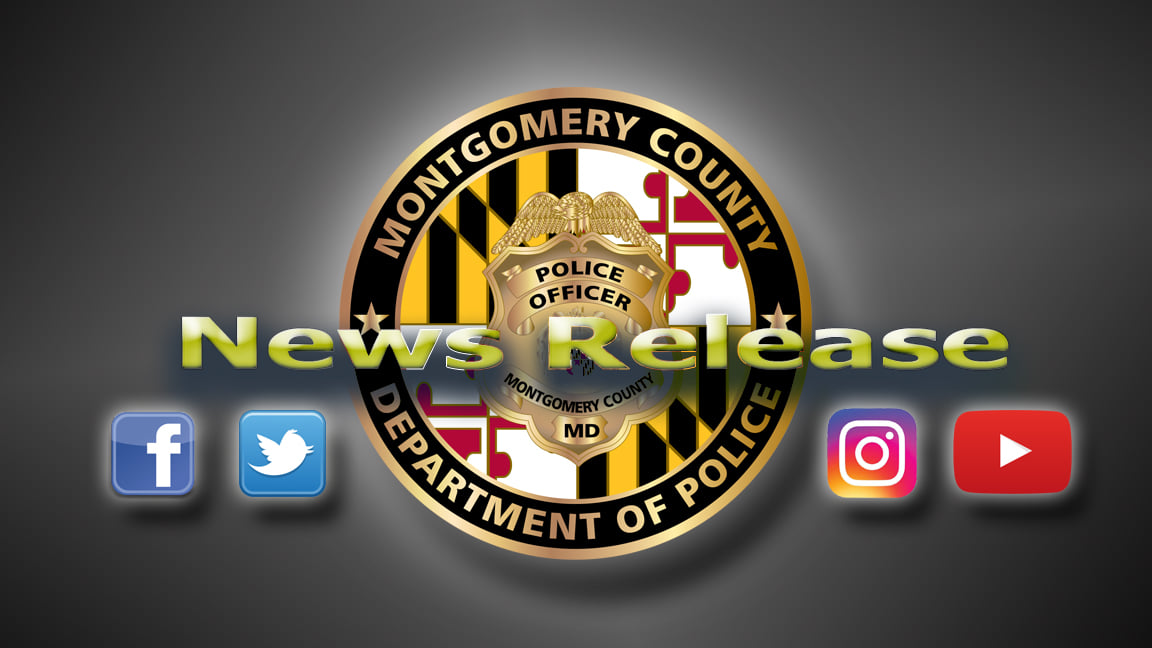
12:10pm: NB I270 between Falls Road and Route 28, collision, some lanes blocked
NB I270 between Falls Road and Route 28, collision, some lanes blocked
— Pete Piringer (@mcfrsPIO) November 13, 2021
11:55pm: TRAFFIC ADVISORY: Georgia Avenue at Blue Ridge (Wheaton) has only one lane open, following a collision. Drivers should expect delays and seek alternate routes.
TRAFFIC ADVISORY: Georgia Avenue at Blue Ridge has only one lane open, following a collision. Drivers should expect delays and seek alternate routes. #MCPD #TrafficAdvisory #MCPNews pic.twitter.com/ByPIfrHkVC
— Montgomery County Department of Police (@mcpnews) November 13, 2021
10:45 am: TRAFFIC ADVISORY from Montgomery County Police:
Multiple vehicle collisions has River Road blocked at Western and Brookdale. Drivers should expect delays and seek alternate routes.
Red Line Alert: Trains are single tracking between Glenmont & Forest Glen due to an animal on the tracks outside Wheaton. Expect delays in both directions.
TRAFFIC ADVISORY: Multiple vehicle collisions has River Road blocked at Western and Brookdale. Drivers should expect delays and seek alternate routes. #MCPDNews #MCPD #Trafficadvisory pic.twitter.com/zhvO9Vebse
— Montgomery County Department of Police (@mcpnews) November 13, 2021
UPDATED: Red Line Alert: Trains are single tracking btwn Glenmont & Forest Glen due to an animal on the tracks outside Wheaton. Expect delays in both directions.
— Metrorail Info (@Metrorailinfo) November 13, 2021
